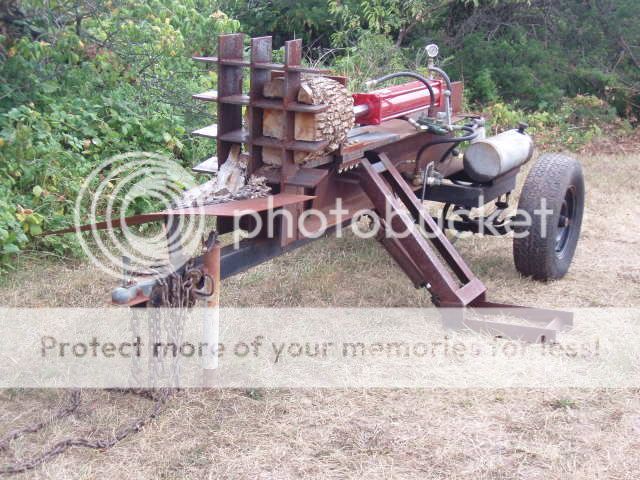Ma, hadda thing like that to run taters through, LOL.
Seriously, You do need to pay attention to the relief in the wedge meaning the wood must be able to pass without squeezing. Even with relief I wonder about the multi wedges when working in tough to split wood. I have a pretty tough splitter, you may have seen the pics on here, but take an ole fence row elm and there is no way it's going to shove it through a 8 way wedge when it struggles with a 4 way. One thing I never see discussed here but I found years ago is that the same kind of tree found out by itself in a field or from a yard or fence row splits much harder than the said brand of tree from the middle of the woods. I would realy like to see if the factory made 6x and more multi wedges would split the stuff I commonly work with. Me tends to think they work well only with "processor grade" logs cut from a forrest?







